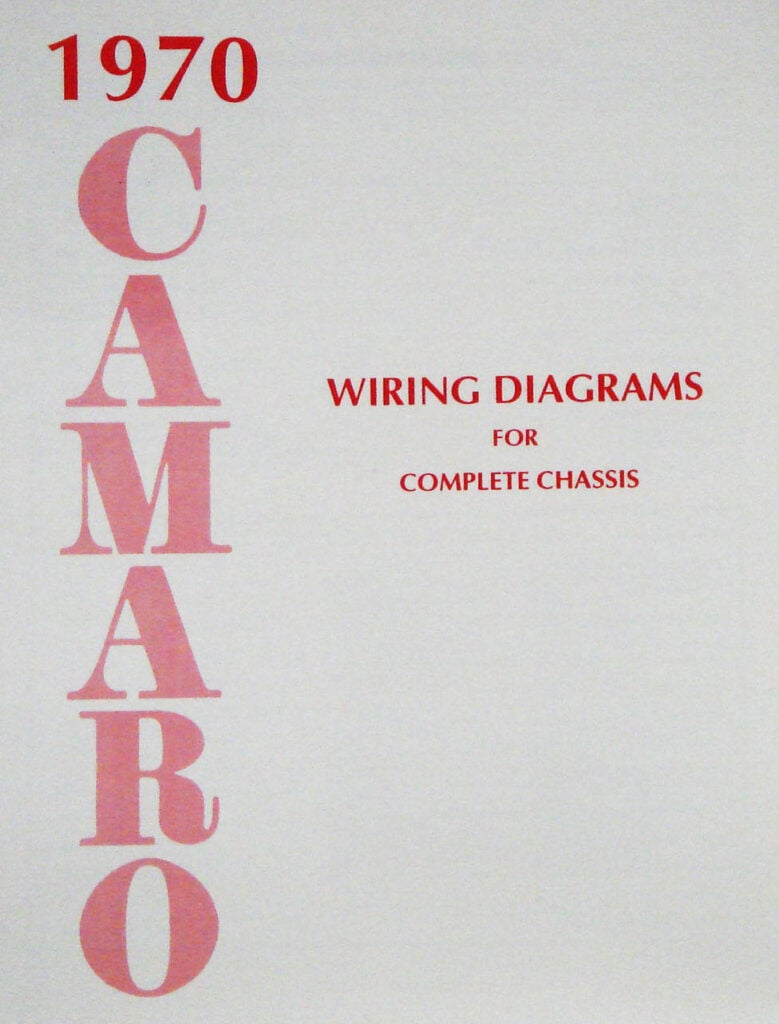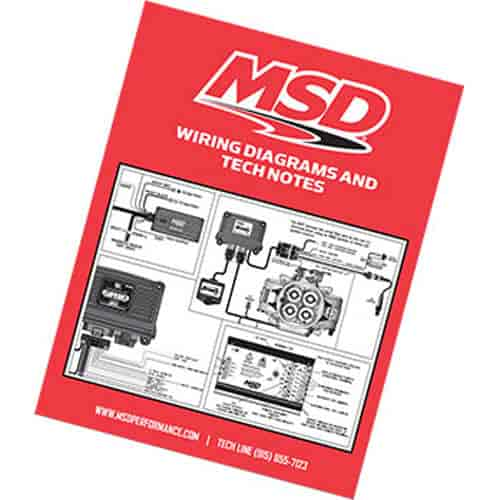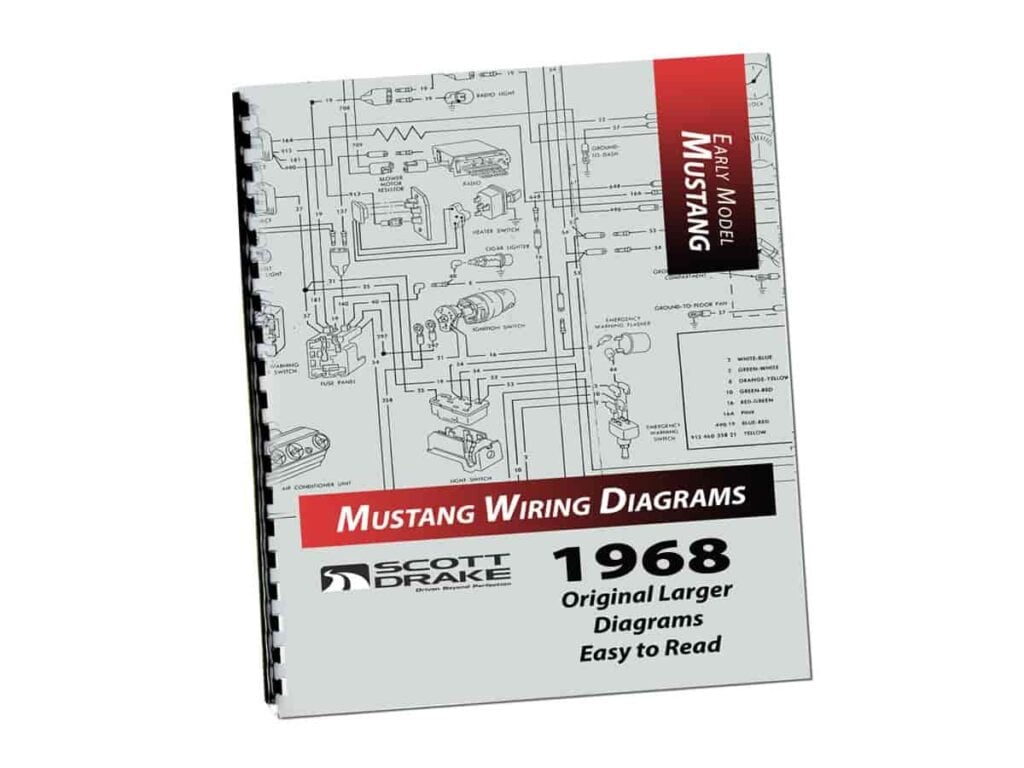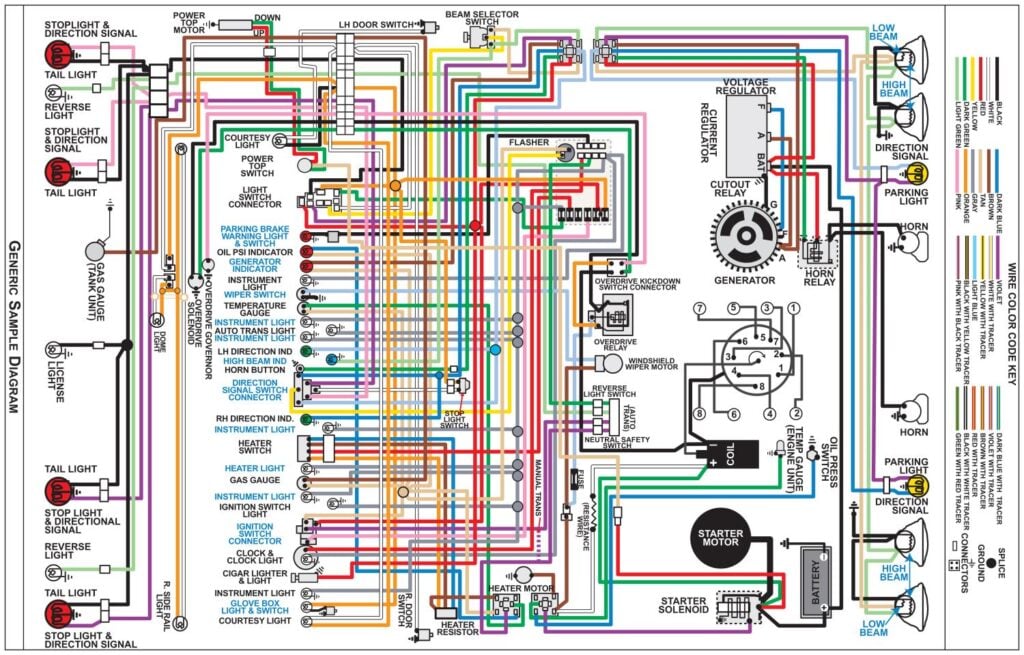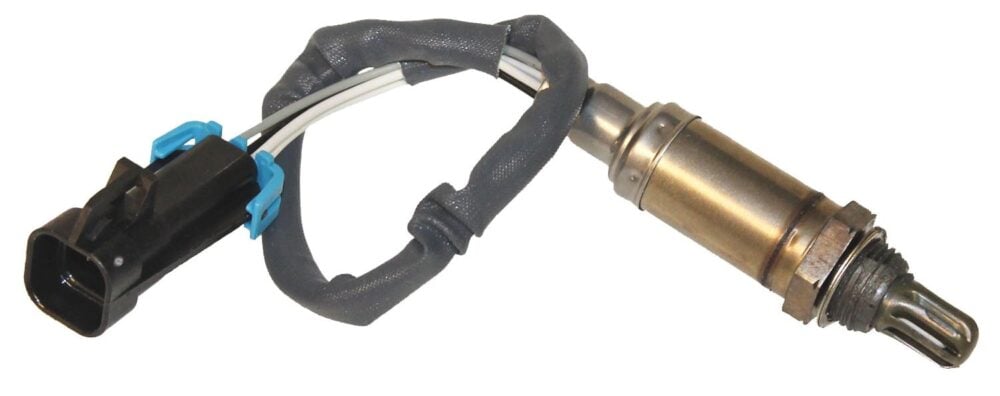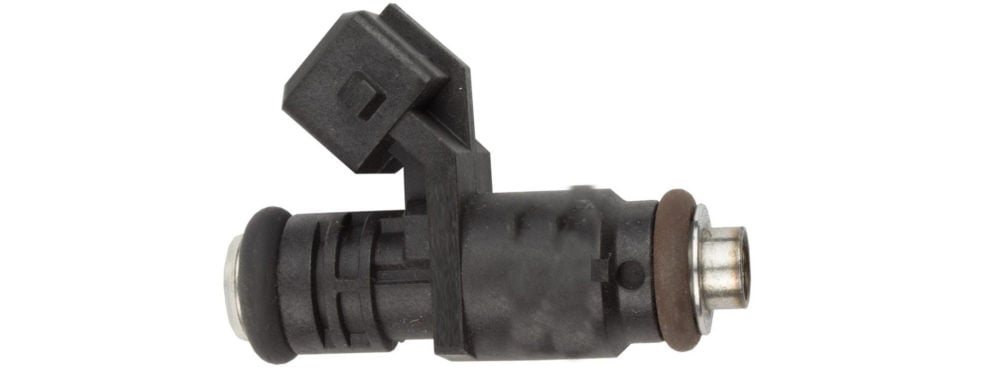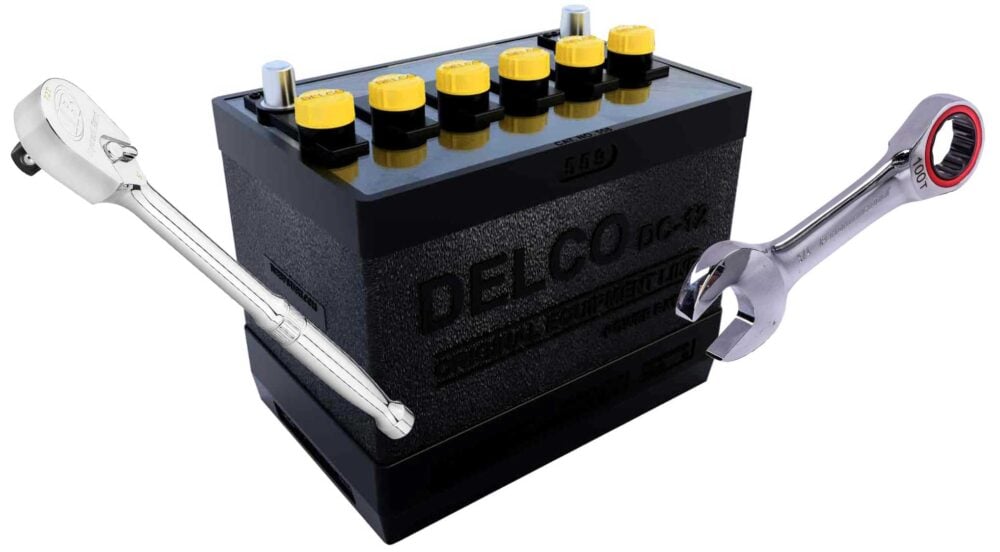What is an Automotive Wiring Diagram?
Car wiring diagrams might look intimidating if you don't understand what you're looking at. That said, once you get the basics down, it's easy to read an automotive wiring diagram, including automotive wiring symbols, lines, and charts.
The most important thing to consider about these diagrams is their function as a map. Essentially, you need to read it like a map to understand where the circuits go. For example, you can pick a symbol and follow it to its ground by starting at its power source. You'll need to use the legend to identify key automotive wiring symbols, which may vary based on your vehicle.
Fortunately, JEGS is here to help you learn everything you need about these automotive wiring diagrams.
What is a Wiring Diagram Used For?
Wiring diagrams tell you where circuits are located, what their sources of power are, and where they're grounded. Engineers and technicians use them to create, identify, and repair circuits in automotive applications.
Mechanics also use wiring diagrams to determine if a current or signal isn't flowing properly. For example, to see why an engine's fan is not spinning, they might consult the diagram to see how power flows from the battery to the fan. There might be switches or relays along the way, and if one of those isn't functioning properly, the fan might not get power.
Wiring diagrams typically show:
- Components of circuits with simplified shapes, symbols, and lines
- Signal and power connections between devices in a circuit or electrical system
- Position of circuits, devices, and terminals in electrical systems
- Color coding of wires
To represent these items, wiring diagrams use symbols. It’s simplified and easier for people to read rather than written notes. While these charts are simplified, that doesn't mean they're dumbed down. In fact, even the best engineers and mechanics can get confused without clear and concise maps like a wiring diagram.
An example would be a line that goes from the car's battery to the headlights. In this case, the battery symbol and headlights might be easy symbols technicians can use as a frame of reference.
Important Things to Pay Attention to
Wiring diagrams may seem simple because of the symbols and lines, but that doesn't mean they're not complex. It's important to know what you're looking at and to pay attention to the important aspects of a wiring diagram to have success when you're working with one.
Thankfully, there are a few key things you can pay attention to that will make things easier for you.
Familiarize Yourself with the Symbols
The first step that will help you read a wiring diagram is familiarization with symbols. The symbols for each diagram may vary, so make sure you check the legend before you get started. Legends are usually found in the corner of a diagram and they contain all of the symbols.
Then, make note of the types of symbols in the diagram, like batteries or light bulbs, to properly read the diagram. Without knowing the symbols, you can't even get started.
Some common car wiring diagram symbols are:
- Switches – Breaks in a line
- Relays – Rectangular boxes with a coil inside
- Ground Connection – Arrows facing downwards that end in a series of horizontal lines
- Battery – A pair of short and long parallel lines – short line is negative, long line is positive
These are some common examples of automotive wiring diagram symbols. That said, variation can apply. For example, some relays might have rectangular boxes with a coil on the outside.
Understand the Color Codes
When it comes to automotive wiring diagrams, you'll deal with a lot of color coding. Therefore, make sure you familiarize yourself with these color codes. Some examples include:
- Red – Power (battery positive) / Switched Power
- Black – Negative / Ground
- Yellow - Constant Power
- Blue - Power Antenna
When you're reading a wiring diagram, keep an eye out for the letters. For example, "R" refers to red, and "B" refers to black. Every vehicle might have unique color coding, so make sure you consult your service manual and vehicle-specific wiring diagram.
Make a Note of Grounding Points
Grounding points are a crucial part of automotive circuits. They're lines with an arrow pointing downwards that ends in a series of horizontal lines. Typically, ground points are a connection to the chassis of your vehicle. This functions as the return path for the circuit. You need to know where this is to find the end of a circuit.
Pay attention to this information to avoid making mistakes when reading a wiring diagram.
How to Read a Wiring Diagram
Reading a wiring diagram doesn't have to be difficult. In fact, learning how to read automotive wiring diagrams can be done in a few simple steps. Learn more about how to read a car wiring diagram below.
1. Start with a Specific System
First and foremost, start with a specific system. When you're reading a wiring diagram, it's important to look at particular power systems because looking at the entire diagram will lead to more confusion than anything.
If the ignition system isn't working properly, focus on the ignition system. You don't need to worry about things like lighting or audio to solve the problem or find the circuit you need.
2. Trace the Flow of Power
Once you find the system you want, it's time to start reading the diagram. To read a wiring diagram, you have to trace the flow of power. Start by locating the battery symbol. Then, follow the path from the battery to the ground. Keep an eye out for components like switches, fuses, and relays. Note that fuses and relays prevent too much power from flowing through a circuit.
3. Identity Connectors and Junctions
Once you find fuses and relays, the next step is identifying connectors, junctions, and other splits in the power supply. These will appear as locations where wires are splitting off from the main circuit to connect to other components.
Identifying these components is essential to ensure that new components are installed properly and getting power. Missing one of these can result in an entire circuit not functioning properly.
4. Cross-reference with the Physical Wiring Under the Hood
Wiring diagrams are only a guide. You must cross-reference anything you find with the physical wiring setup under the hood. This is important because if something does not line up properly, it's a sign that the circuit was altered by a previous owner or mechanic. Always make sure you check components under the hood before you jump to any conclusions.
5. Take Notes
Lastly, don't be afraid to write notes directly on the wiring diagram. Doing so can help you understand where things are for next time, or help you pick up from where you left off. Wiring diagrams are extensive, so notes can help you remember what has been changed or swapped in a circuit.
Following these five steps, you shouldn't have any problems reading a wiring diagram.
We always recommend consulting with a professional technician if you don't know how to read these diagrams. Also, start with a simple circuit if it's your first time. This can help you get the hang of wiring diagrams before moving into more complex circuits with fuses, switches, or junctions.
